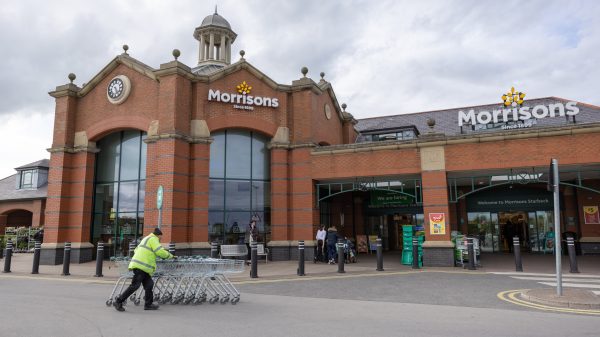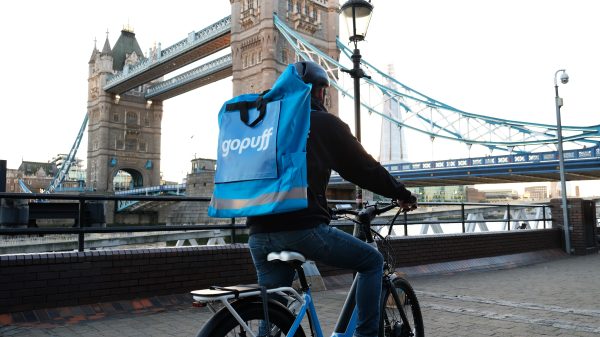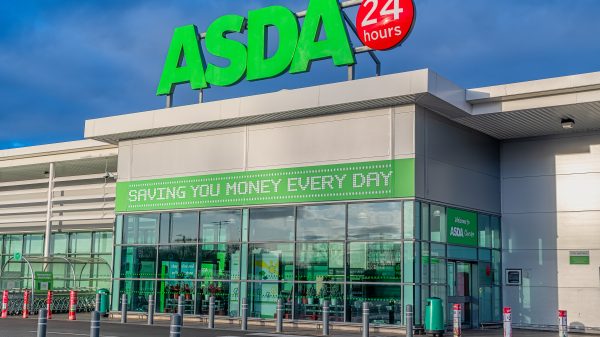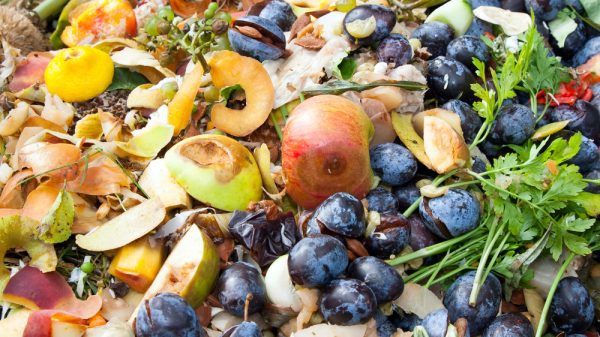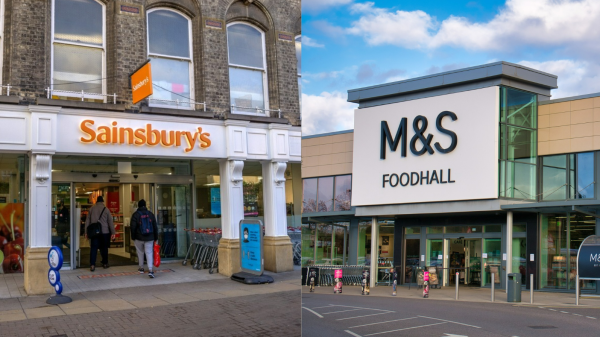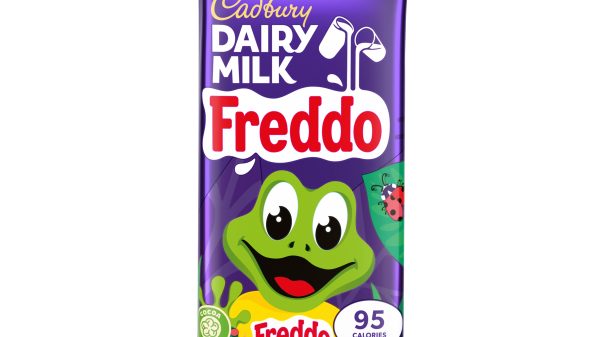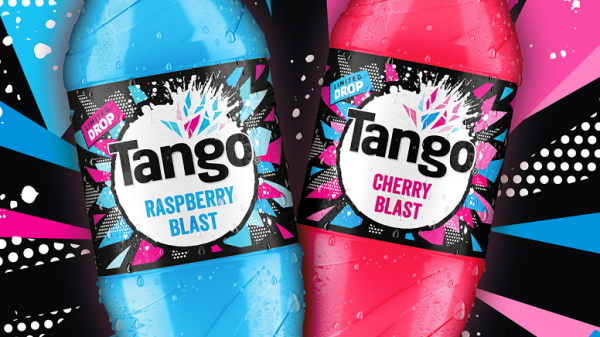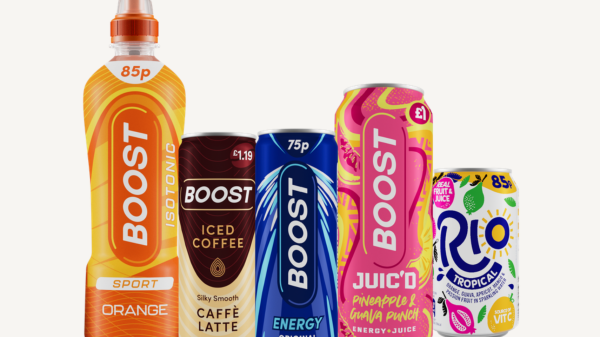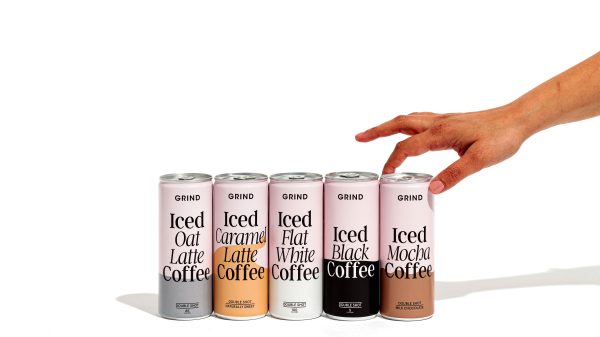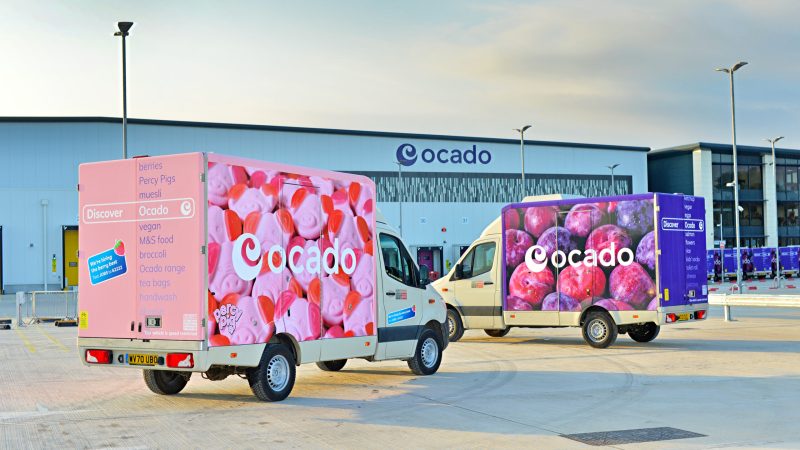It feels like UK shoppers are continuously being struck with price rises at the moment, as everything from milk to margarine and biscuits to bread is seeing prices creep slowly higher. As a result, many retailers have introduced value ranges or extended their own-label offering as they battle to attract shoppers looking for products at more affordable price points.
From Asda’s infamous yellow Just Essentials range to Waitrose adding new lines to its Cook’s ingredients range, consumers are increasingly flocking to these options to cope in times of engulfing inflation.
But where does this leave FMCG brands? As the cost of living is becoming unbearable for some; status, taste and loyalty go out the window. Products usually quick to disappear from store shelves are increasingly being swapped out for cheaper alternatives.
So, to what extent is inflation affecting FMCG brands, what can they do to maintain consumer loyalty, and can they make a comeback?
Low-cost vs loyalty
Fresh food inflation, which hit 10.5% in August, is rising at the fastest rate since 2008 and is a key reason behind the consumers push towards more affordable own-label produce ranges.
Research by Barclaycard found that 47% of consumers are choosing own-brand items to tackle rising prices, with data from VoucherCodes.co.uk showing that just 2% of consumers are prioritising big-name brands when doing their grocery shopping.
And consumers are not only being hit by rising prices. Big 4 grocer Asda’s monthly income tracker found that under-30s have been struck with a 21.6% drop in disposable income due to the spike in essential spending and bills.
After groceries, rent and transport, many within this age bracket are left with an average of just £150 each week.
However, Sentinel Management Consultants CEO David Sables tells Grocery Gazette that there are certain areas many will prefer not to cut back on, holding on to the brands they know and love.
“This is a time when everybody wants better prices, however you do find that there are quite a lot of consumers that will only ever make purchases using this big-brand type loyalty,” he says, adding that one of the main factors in maintaining consumer loyalty is the image a brand reflects.
“There is a snobbishness about it; buying unknown label products is a statement some people are guarded about.”
How has the cost-of-living crisis affected FMCG brands?
While many consumers are moving away from their trusted brands in order to mitigate costs, many big-name brands are also seeing them feeling conflicted between low-cost alternatives and the quality and flavour that they’re used to experiencing.
As sales, marketing and R&D director for global bakery and food specialist Rich Products Corporation, John Want believes consumers are still happy to pay more for a premium product if they see it as a treat.
“We’re seeing that while shoppers will look to own-brands for some items, they are still happy to pay more for an indulgent treat, which is seen as a permissible and affordable item. This is where brands can lead the way compared to own-label produce,” he says.
“Brands can provide assurance, with consumers trusting them to deliver on taste and quality. This is especially important in the convenience channel where the own label proposition isn’t as well developed.”
Considering how FMCG brands can maintain consumer loyalty, he adds: “Brands will need to ensure they are reviewing their portfolio to provide the right mix of pack format and value for their consumers in the year ahead.
“The need for regular brand promotions is vital to support shoppers and keep their loyalty. At the moment, consumers rate promotional activity as more appealing than innovation or new products.”
For FMCG brands based heavily on sustainable and environmental ethics, “value for money means more than low prices alone”, according to Bryan Martins, Ecotone’s marketing director for Kallo, Clipper and Whole Earth brands.
Despite this, Martins says that price “remains a key consideration”, especially for those feeling the greatest pressures from rising inflation.
“Shoppers who are deeply concerned about the environment, defined as ‘Eco Actives’, have doubled in the last two years. We’re confident this consumer base will continue to grow as according to [Kantar] research, Eco Actives will represent 62% of the population by 2030,” he adds.
“There is a distinct gap between sustainable brands and own-label, in terms of how the products support healthier people and the planet.”
In looking to reclaim consumer loyalty, Sables says branded suppliers, “have to continue to offer good value for their shoppers by holding prices down and saving money within their organisations.”
He says this can be done through offering multi-buy packs and promotions, downsizing products or changing their specification.
Many brands and supermarkets have adopted this shrinkflation tactic in recent months, including leading retailer, Tesco which cut 50g from the weight of its entire range of own-label ready meals and FMCG giant Nestlé which has shrunk its Quality Street tubs by 50g.
Sables also believes that cutting back on advertising allows brands to save on costs without too much damage.
“This is something brands can get away with for short periods of time because effectively, once you’ve got the loyalty of your brand, consumers are less likely to notice that it’s dropped its share of voice.”
A fast fix or fundamental change?
Despite the current shift to own-label ranges, it is likely that many established FMCG brands will see consumers returning when times aren’t quite so tough, with image and flavour proving to be key components to their brand equity.
According to Sables, the move to own-brand ranges is often more of a consumer trialling process, rather than a fundamental move to replace their preferred kitchen cupboard staple.
“An awful lot of people will find [own-label lines] to be a compromise. Depending on the category, if it compromises in taste and flavour, typically they’ll switch back as soon as soon as they’re able, they might not even make a second purchase of that line.”
He added: “I do think that there will be some wins, but I would say 80% will switch back.”
Without knowing when the UK will emerge from this cost-of-living crisis, it remains a challenging time for retailers, consumers and FMCG brands alike. Although convenience and cost is currently taking the lead in the race to consumer loyalty, in the long run, familiarity and quality is likely to come out on top.

